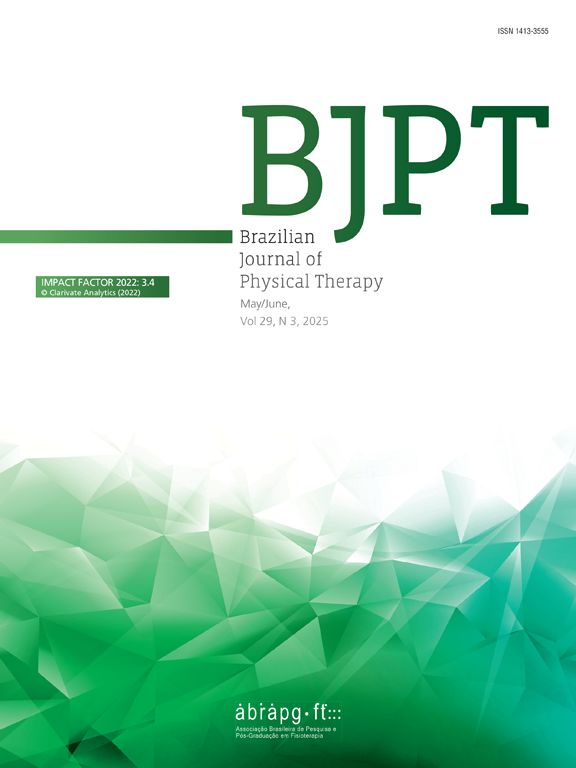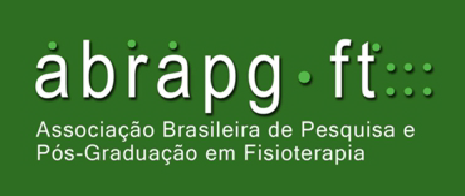
1st STUDENT SCIENTIFIC CONFERENCE OF THE BRAZILIAN ASSOCIATION FOR RESEARCH AND POSTGRADUATE IN PHYSIOTHERAPY (ABRAPG-FT)
More infoAdolescents with cerebral palsy (CP) experience restrictions in leisure activities participation, which can impact their socialization, self-determination, and quality of life. Patient and Public Involvement (PPI) is a crucial strategy for successful interventions where the target audience participates in the research stages. Strategies such as co-design, where healthcare professionals, patients, and families collaboratively discuss preferences, priorities, and necessary ingredients, can be crucial for intervention success.
ObjectivesTo co-design an intervention aimed at improving leisure activities participation of adolescents with CP in partnership with adolescents, families, and rehabilitation professionals.
MethodsThe study was based on Participatory Action Research and was conducted through remote discussion groups with 5 adolescents aged 12-17 years with CP, 3 classified as level IV and 2 as level V on the Gross Motor Function Classification System, their families, 3 physiotherapists, and 2 occupational therapists. The Brazilian version of the Involvement Matrix (IM) was used to manage the participants' involvement in co-designing the intervention. The IM allows research participants to know different involvement roles in the research (Listener, Co-thinker, Advisor, Partner, and Decision-maker). The Participation and Environment Measure for Children and Youth (PEM-CY), community section, was used to assess the adolescents' participation profile.
ResultsThe preparation phase included 6 group meetings. In the first meeting, the IM was presented, and participants chose their roles for the study. Three chose the role of Decision-maker (1 professional, 1 adolescent with CP, and 1 mother), and 12 chose the role of Partner (4 professionals, 4 adolescents, and 4 mothers). Partners contributed suggestions, while decision-makers planned the participation groups. The second and third meetings included adolescents/families and rehabilitation professionals separately, where the concept of participation was discussed. The results of the PEM-CY were discussed in the fourth and fifth meetings. The last meeting of this phase included all participants, who discussed barriers and facilitators of participation and identified the necessary ingredients for the intervention. In this meeting, a model of intervention to increase the participation of adolescents with disabilities was presented as a strategy to facilitate the co-construction of the intervention proposal. The Co-design phase included three meetings with all participants; in the first two, co-construction of the intervention was conducted, and in the last, the co-constructed intervention was presented, and the intervention proposal was validated by all participants.
ConclusionThis study presents an innovative proposal that uses PPI for co-designing an intervention aimed at improving participation. The use of the IM optimized the participation of all involved parties who, through a collaborative process, were able to elaborate the intervention proposal.
ImplicationsThe next step will be to test the feasibility of the intervention, co-designed with the target audience, which can lead to better results as it considers the real needs of the studied population.
Conflict of interest: The authors declare no conflict of interest.
Acknowledgments: Dr. Marjolijn Ketelaar, author of the Involvement Matrix, and all research participants.
Ethics committee approval: Ethics Research Committee (ERC) of the Faculty of Health Sciences of Trairi (FACISA) of the Federal University of Rio Grande do Norte (UFRN) - (CAEE: 51319321.1.0000.5568)




